Choosing the best reptile bedding is essential for keeping your cold-blooded pet healthy, comfortable, and stress-free in their terrarium.
Finding the right reptile bedding can make all the difference in your pet’s health and happiness. The perfect bedding balances comfort, humidity, and safety while supporting your reptile’s natural behaviors. Whether you have a gecko, snake, or turtle, selecting the best substrate can transform your terrarium into a thriving habitat.
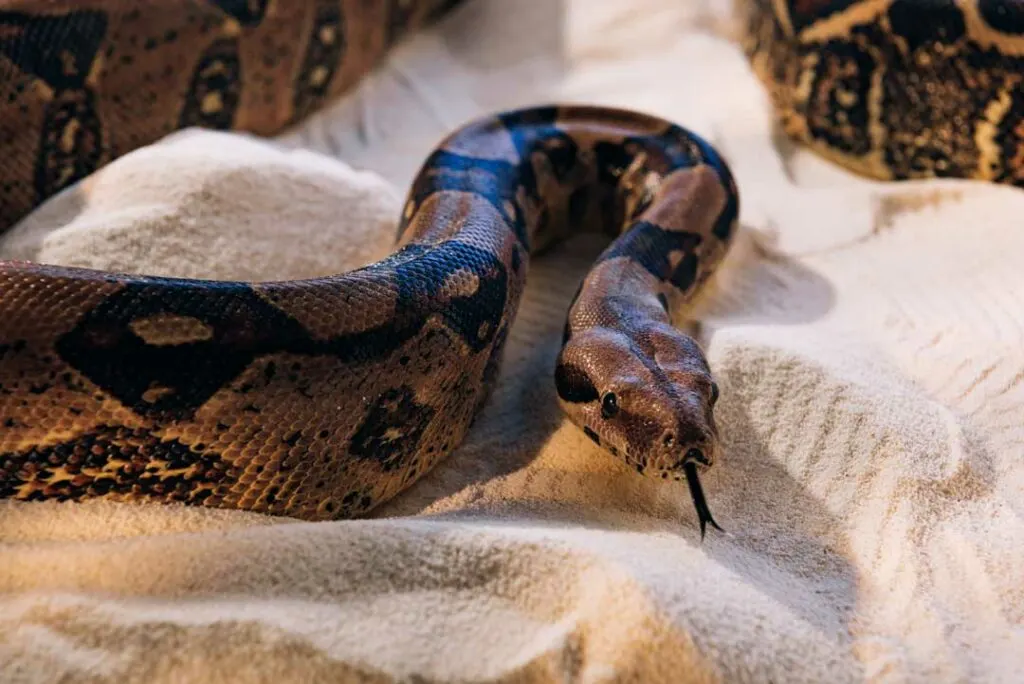
Best Reptile Bedding for Snakes, Lizards, and Turtles
Creating the perfect habitat for your reptile is crucial for its health and well-being. While a proper heating source, UV light, and feeding schedule are necessary, choosing the right bedding material is equally important. But it helps with keeping the ideal environment inside by allowing comfort, aiding in maintaining the temperature and humidity conditions, and showing natural instincts such as burrowing behaviors.
Be it a snake, lizard, gecko, or turtle, choosing a proper bedding material is pretty essential to help create a healthy, stress-free environment for the animal. Read through to explore the best types of reptile bedding, their advantages, and why coir blocks are a fantastic option for your reptile’s terrarium. With the right bedding, your reptile can feel secure, comfortable, and healthy in its habitat.
Understanding Reptile Bedding
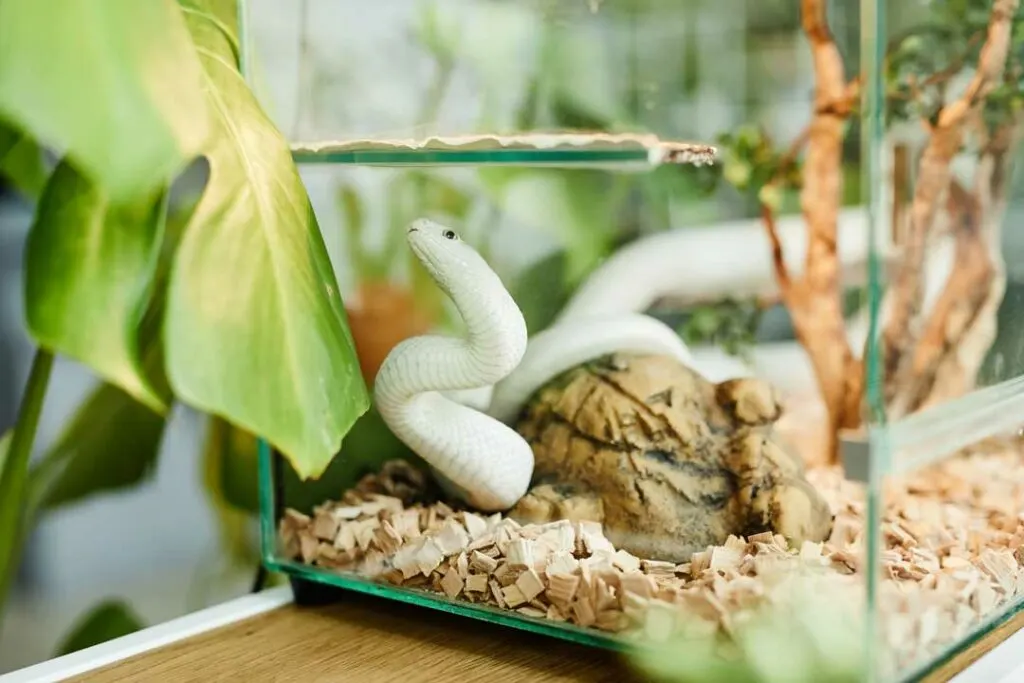
When setting up a terrarium for your reptile, the choice of bedding is not something to be taken lightly. Comfort and health have numerous vital roles being played by bedding.
The type of bedding one uses for his reptile affects the pet’s mental and emotional conditions, too. Since it is a cold-blooded animal, reptiles draw upon the environment to acquire and then maintain the required body temperature and humidity.
Bedding helps maintain these vital conditions and allows the pet to be sure of a safe, natural environment. Apart from these environmental factors, bedding also plays a role in your reptile’s general behavior and hygiene. Understand how each bedding type works, as different reptiles have different needs. So, let’s explore the most popular bedding materials and see what makes them suitable for reptiles.
Types of Reptile Bedding
In meeting the needs of different species, bedding is one of the important means. After all, it all comes down to the bedding. Following is a list of some common beddings used, with advantages and considerations different from others. They include the following:
Coconut Husk (Coir)
Coir bedding is obtained from the husk of coconuts and is amongst the widely used beddings for reptiles, especially those that lie in a humid environment such as amphibians, geckos, and tropical snakes.
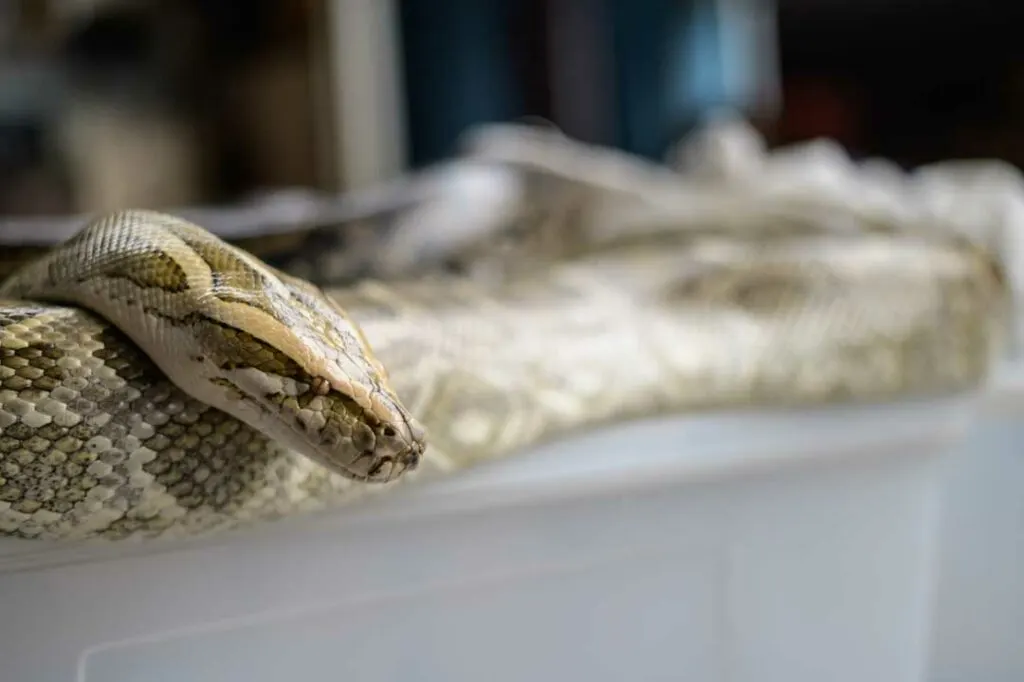
Coir is extremely good at retaining moisture. It would be an excellent substrate for maintaining optimum humidity levels. Non-toxic and free from chemicals that are very harmful, it’s going to protect your reptile from health issues.
Coir is a renewable resource and biodegradable. Therefore, it is eco-friendly. Coir is gentle enough for any burrowing reptiles and provides them with the comfort and natural habitat they need.
Coir blocks are cheap and do not take up much space. These blocks expand into a large volume of bedding when hydrated, hence giving the owner more for their money.
Reptile Carpet
Reptile carpet is often used in smaller terrariums or for reptiles that don’t require deep bedding. This kind of bedding is flat and very easy to clean, which also means that they are very suitable for reuse.
In addition to the previously said, reptile carpets can be easily machine-washed, and cleaning will go fast and effortlessly. Being made from very durable synthetic fibers, they can withstand daily reptile activity and wear and tear, thus being long-lasting.
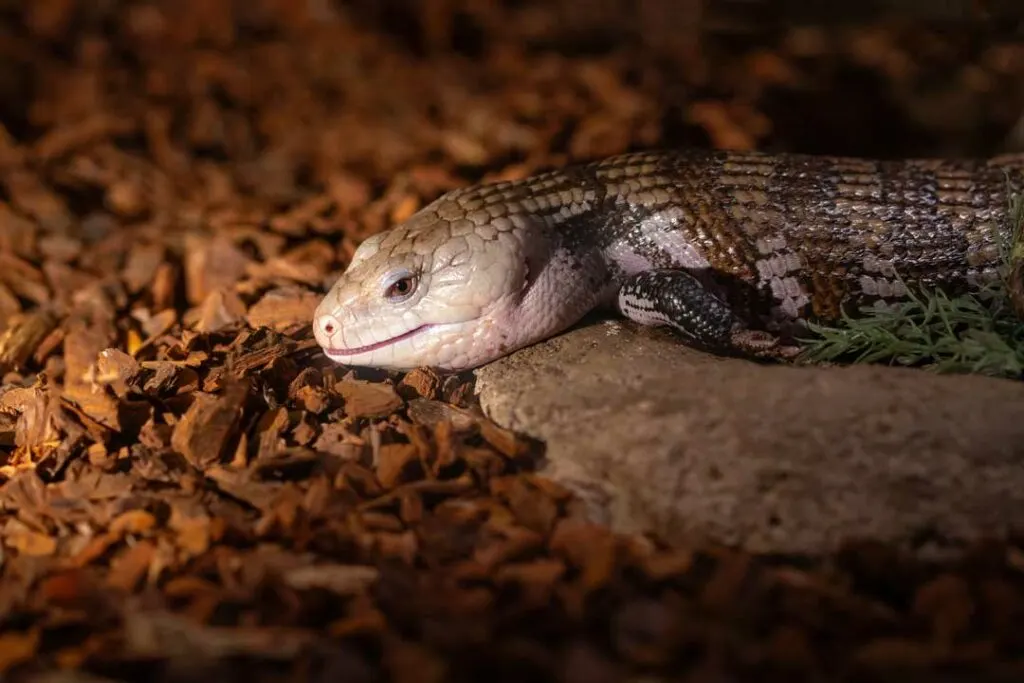
Another advantage of reptile carpeting is that it does not lose dust or particulate matter into the air, which might act as an irritant to the respiratory system of the reptiles.
As a disadvantage, these carpets don’t allow burrowing, and the absence of retained moisture in them has negative implications for animals that prefer a high degree of moisture around themselves.
Arcillaceus and Sand Beds
Substrates made of clay and sand are perfect for desert-dwelling reptiles, such as bearded dragons and desert tortoises, which love to stay in dry, arid conditions. These substrates closely mimic the natural habitats of the reptiles, which consist of sandy, sunbaked terrain.
Both clay and sand are good insulators of heat and thus provide a comfortable basking spot for reptiles that require higher temperatures.
They also facilitate behaviors that are natural, like burrowing and digging, which are very significant in most desert species. Cleaning these types of substrates is fairly simple because the sand and clays can be sifted to take out the waste. The problem, though, is that they can easily be subject to impaction when ingested, causing severe health problems.
Aspen Shavings
Among all beddings available to reptiles, whether turtles, lizards, or snakes, aspen shavings are the common beddings used. They are very absorbent and help to keep the environment dry, which is necessary for species that require a drier environment.
Aspen shavings are nontoxic to reptiles because they do not contain volatile oils like cedar or pine, making them preferable to many reptile owners.
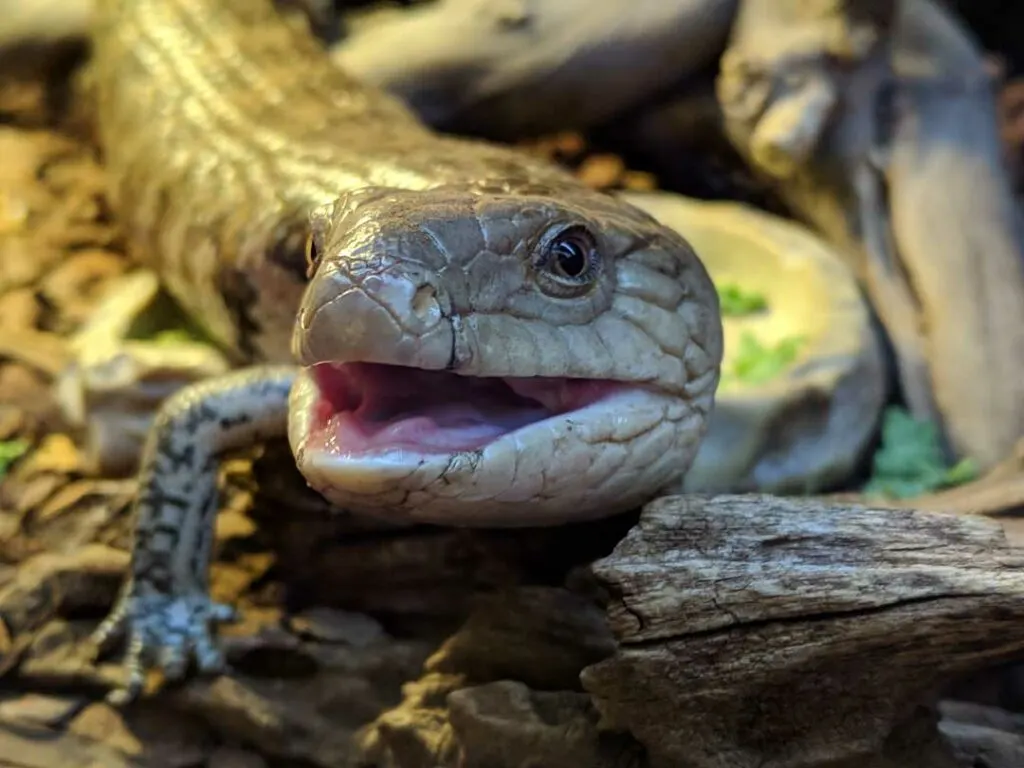
This bedding also encourages natural behaviors of burrowing, giving your reptiles a comfortable, secure space in which they can retreat.
Aspen shavings are not that expensive and are easy to access; this makes them great bedding alternatives for owners operating within a small budget. While aspen shavings do not have some serious moisture retaining potential, especially when it comes to comparisons with coir, that does make it ill-suited for those animals that would do really well at high humidities.
Paper Towels and Newsprint
Beddings that are cheap and therefore frequently used include paper towels and newsprint for juvenile reptiles or quarantine situations. These beddings are nontoxic, provide a clean and easy environment to monitor, and work very well for sick reptiles or those requiring constant observation.
Paper towels and newsprint are hygienic and can be easily removed, disinfected, and replaced, which in turn keeps the terrarium free of bacteria.
However, they also lack that organic look and feel and will not hold water, which could be a problem for reptiles requiring higher humidity. They are nonetheless highly practical and cheap beddings and can suffice for a makeshift setup.
Why Opt for Coir Blocks for Your Reptile’s Terrarium?
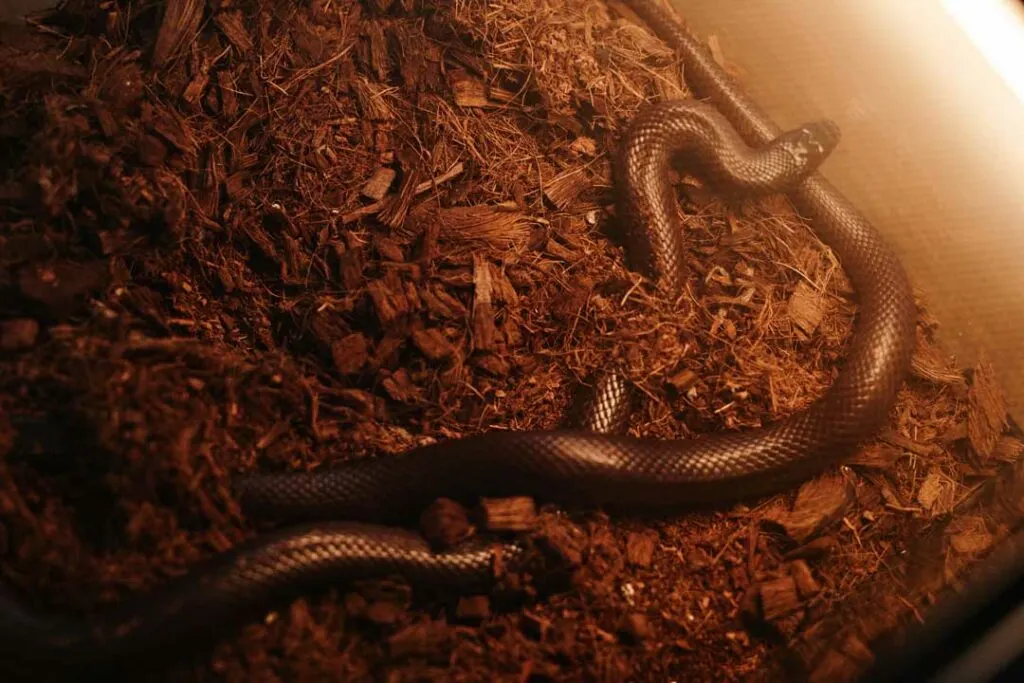
Among the many beddings, coir blocks have certain advantages that make them ideal for most species of reptiles. Coir, a by-product of coconut husk, is an organic and bio-friendly bedding material that maintains perfect balance in moisture retention, comfort, and safety.
Whether it is a tropical species that requires high humidity or a desert reptile that loves digging, coir blocks prove to be quite useful.
Ideal for Humidity Control
Coir blocks are great for maintaining optimal humidity levels in your terrarium, and they most importantly work for reptiles such as amphibians, geckos, and tropical snakes. In nature, these animals take up a consistent amount of moisture, and because coir is good at releasing water, it helps to stabilize an adequate amount of moisture within.
Coir holds water well and releases the water slowly, making conditions balanced. This reduces the need to mist too frequently for those reptiles that rely on high humidity.
Sustainable and Eco-Friendly
Coir is an environmentally friendly choice for reptile bedding, as it’s a renewable, biodegradable material sourced from coconut husks. Unlike synthetic alternatives, coir doesn’t add to environmental waste or pollution. It provides an efficient, safe bedding option and reduces your environmental footprint in the process.
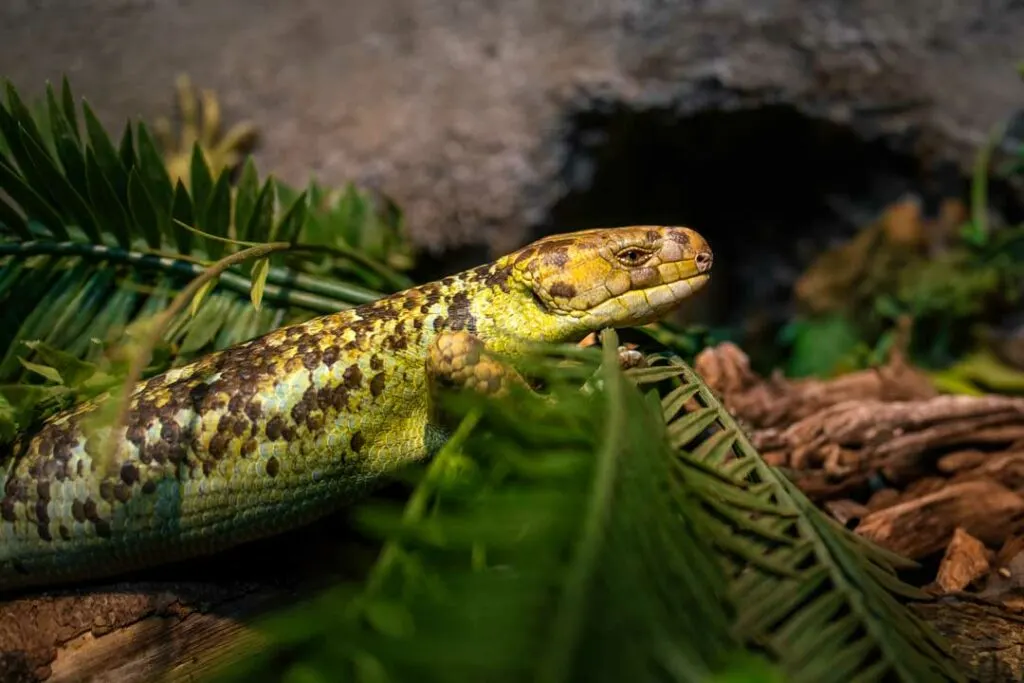
Coir helps promote sustainability and responsible pet care and is such a great choice for all environmentally-conscious reptile owners.
Coir is natural and non-toxic, an alternative to lots of synthetic by-products being utilized in pet care.
Non-toxic and safe
Coir is a nontoxic bedding that is safe for reptiles. It does not contain any harmful chemicals, pesticides, or oils that can irritate the respiratory system or skin of your pet. Whether you own a snake, lizard, or amphibian, coir offers a safe, natural environment.
Reptiles are sensitive to toxins, and using coir assures that their habitat will remain free of irritants; your pet can explore and play in the bedding without the risk of compromising their health.
Encourages natural behaviors
Coir bedding stimulates natural behaviors, like burrowing, digging, and exploring, which are all fundamental to reptile welfare. Most reptiles have an instinctive need to be in a place where they can dig and hide. Coir is ideal for this, given its soft, textured composition.
It allows your reptile to interact with its environment, helping to stimulate it mentally and reduce stress. Allowing them to feel safe and content, coir can help reptiles achieve overall health and happiness.
Cost-Effective and Easy to Use
Coir blocks are rather inexpensive and very easy to work with. The blocks are compressed for easy storage and handling. All one has to do when using is to add water to reconstitute the coir to a large volume of soft bedding. Being affordable for owners since they will go a long way.
The small compact nature of coir saves space efficiently and allows your reptile a cheap bed.
How to Use Coir Blocks for Your Reptile’s Terrarium
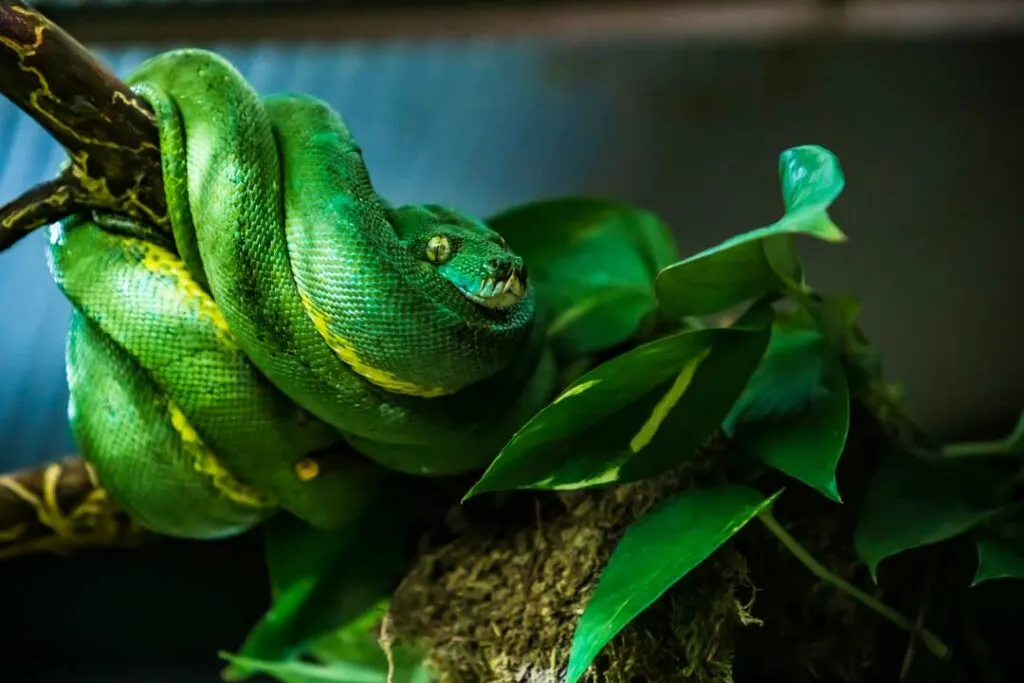
Using coir blocks for your reptile’s terrarium is simple and effectively done. Here are steps on how to properly prepare and use coir blocks in order to give your reptile a comfortable and healthy place to live.
Buying Coir Blocks
First, one should buy good quality coir blocks from a reputable supplier. While buying coir blocks, ensure that they are made from natural coconut husks and do not contain any harmful chemicals or additives.
High-quality coir blocks, like the ones here, offer consistent moisture retention and are perfect for many reptiles. Choose a product that best suits your pet’s specific needs, whether it’s for humidity or burrowing purposes.
Hydrate the Coir
To apply the coir block, set it in a large container and add water slowly. Coir will start to expand and soften into a fluffy bedding. Be patient and let it hydrate fully; it can take some time to do so, depending on the size of the block.
This is important since the hydrated coir needs to maintain proper moisture levels within your reptile’s habitat.
Spread the Bedding
Once the coir block is fully hydrated, add it to the bottom of the terrarium and begin spreading it evenly. This should be deep enough so your reptile can burrow or nest in it and not so deep that he can’t move around easily without the enclosure becoming too cumbersome to clean.
Make certain the bedding is spread evenly and covers the entire floor to provide a comfortable substrate for your reptile, which is natural to explore.
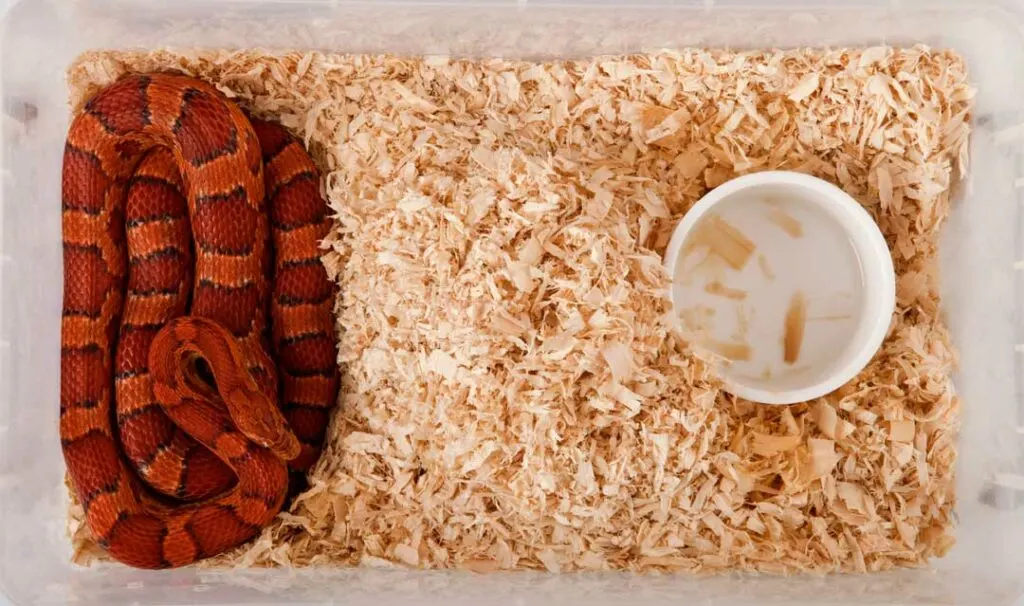
Monitor and Adjust
Once the coir bedding has been set up, one needs to check the level of humidity and temperature in the terrarium. Coir does an excellent job of retaining moisture, but you will likely need to periodically mist the bedding to maintain the proper level of humidity for tropical reptiles.
Keep an eye on the humidity gauge and adjust as needed to ensure your reptiles stay comfortable and healthy in their habitat. Regular checks are the key to maintaining the right environment.
Clean Regularly
While coir bedding is low maintenance, the terrarium should still be kept clean by removing soiled bedding on a regular basis. Spot clean the coir daily, removing any waste, and replace it entirely when necessary to prevent the buildup of bacteria.
After some time, coir will lose freshness, so make sure to replace it from time to time for hygiene. This will help to keep your reptile in a healthier environment and further reduce the possibility of any contamination.
Top Reptile Bedding Choices for a Healthy Terrarium
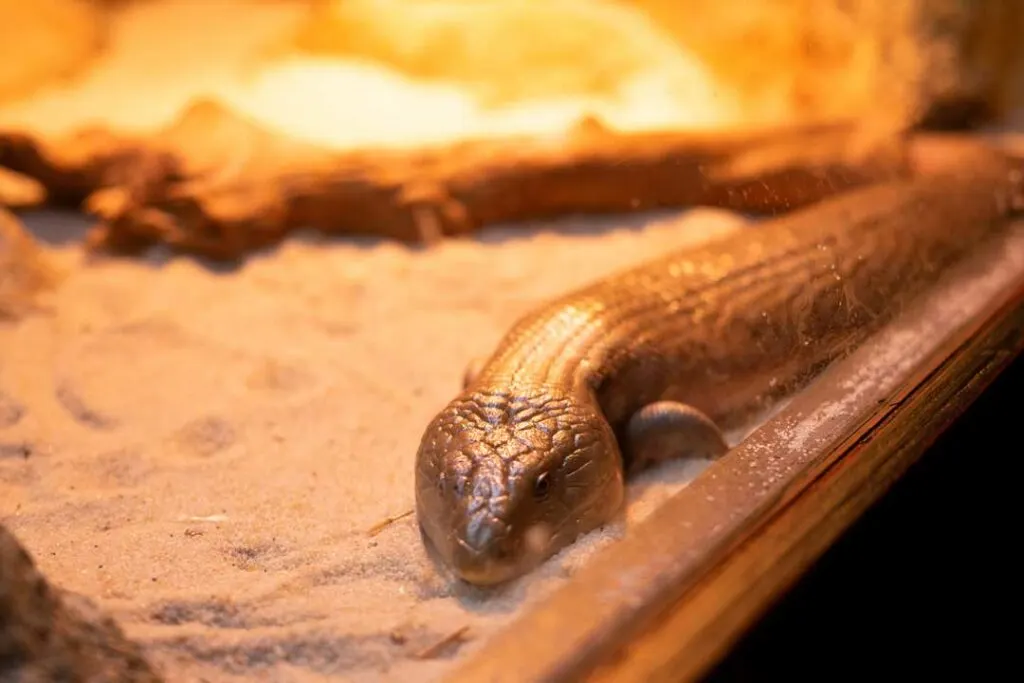
Picking up the best bedding for your reptile is probably the most important decision to make as a pet owner of reptiles. Coir blocks should do the job for most of the species owing to their outstanding ability to hold water, their natural constituent nature and their friendliness to the environment.
Provide him with the right bedding material to help keep his health, behavior, and overall happiness well off. Whether you’re just starting your reptile journey or upgrading an existing terrarium, coir bedding is a simple, affordable, and effective solution that your reptile will love.
Choosing the right reptile bedding is key to creating a healthy and secure terrarium for your pet. Coir blocks, aspen shavings, and reptile carpets each offer unique benefits depending on your reptile’s species and needs.
Prioritize safety, comfort, and humidity control to keep your reptile happy and stress-free. With the right bedding, you’ll create a thriving habitat where your reptile can feel safe and secure.
Coir bedding is ideal for humid environments as it retains moisture and supports tropical species like geckos and amphibians.
Yes, the wrong reptile bedding can lead to respiratory issues, impaction, or skin irritation. Always choose non-toxic, natural options like coir or aspen shavings.
Spot clean daily and replace your reptile bedding entirely every 4-6 weeks or sooner if it becomes soiled or moldy.
Coir bedding works best for tropical species needing humidity. For desert reptiles, sand or clay substrates are a better choice.
Soft, textured bedding like coir or aspen shavings encourages burrowing, digging, and nesting, supporting a reptile’s natural instincts.

Jessi is the creative mind behind The Coffee Mom, a popular blog that combines parenting advice, travel tips, and a love for all things Disney. As a trusted Disney influencer and passionate storyteller, Jessi’s authentic insights and relatable content resonate with readers worldwide.
